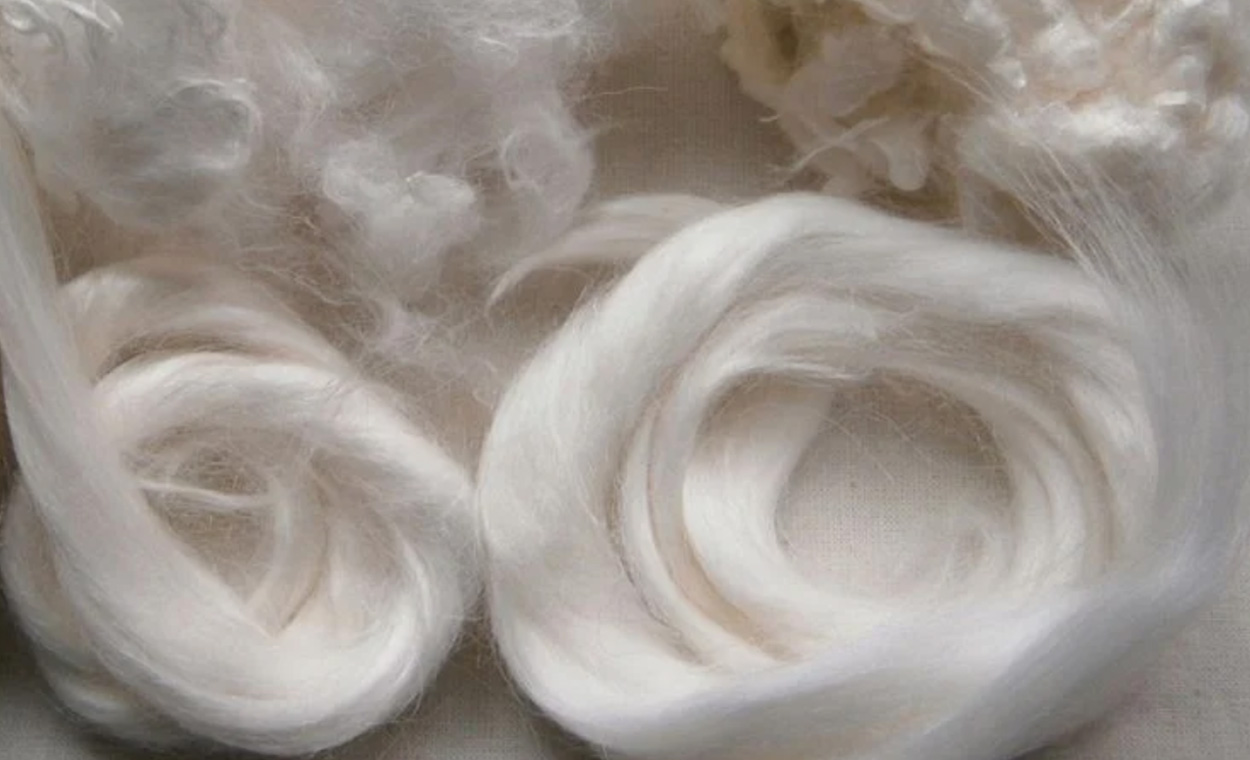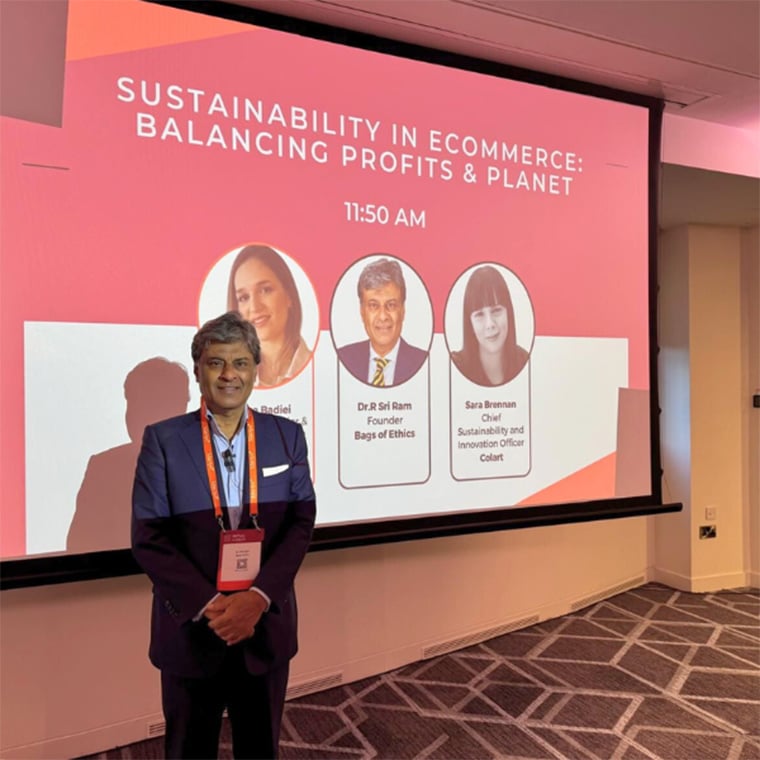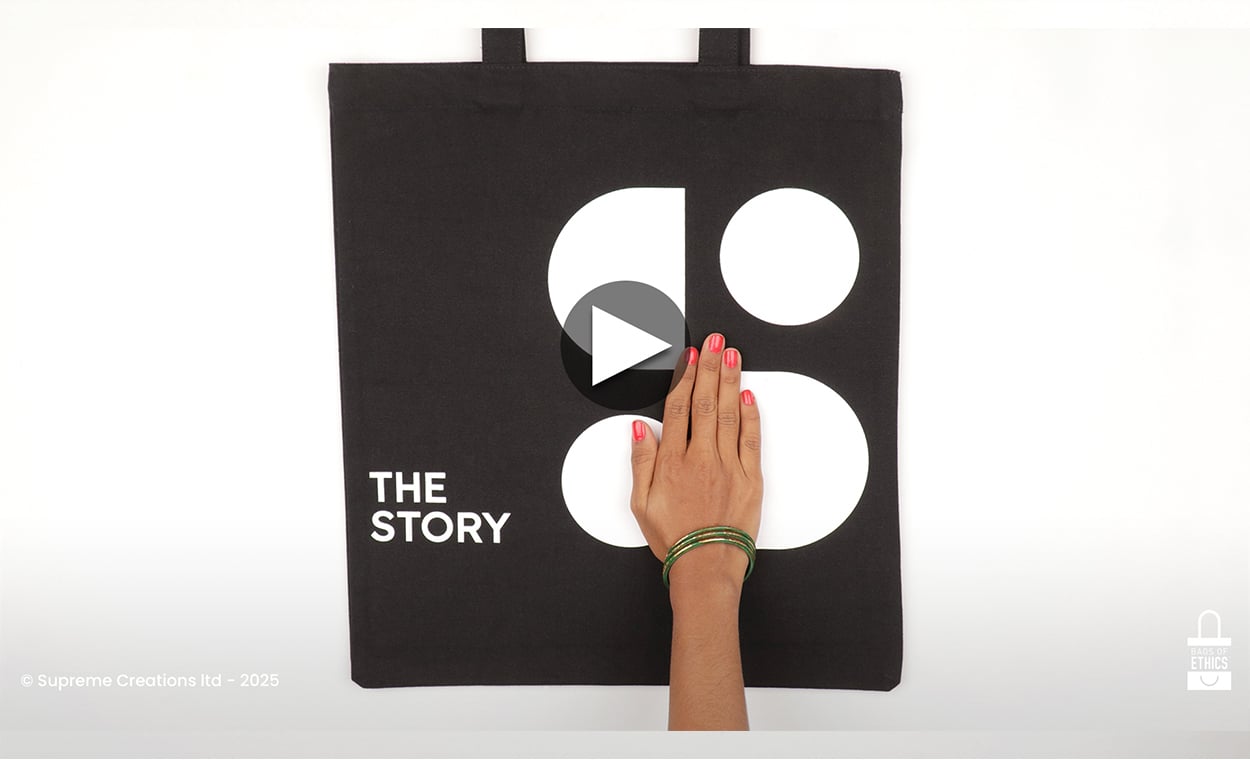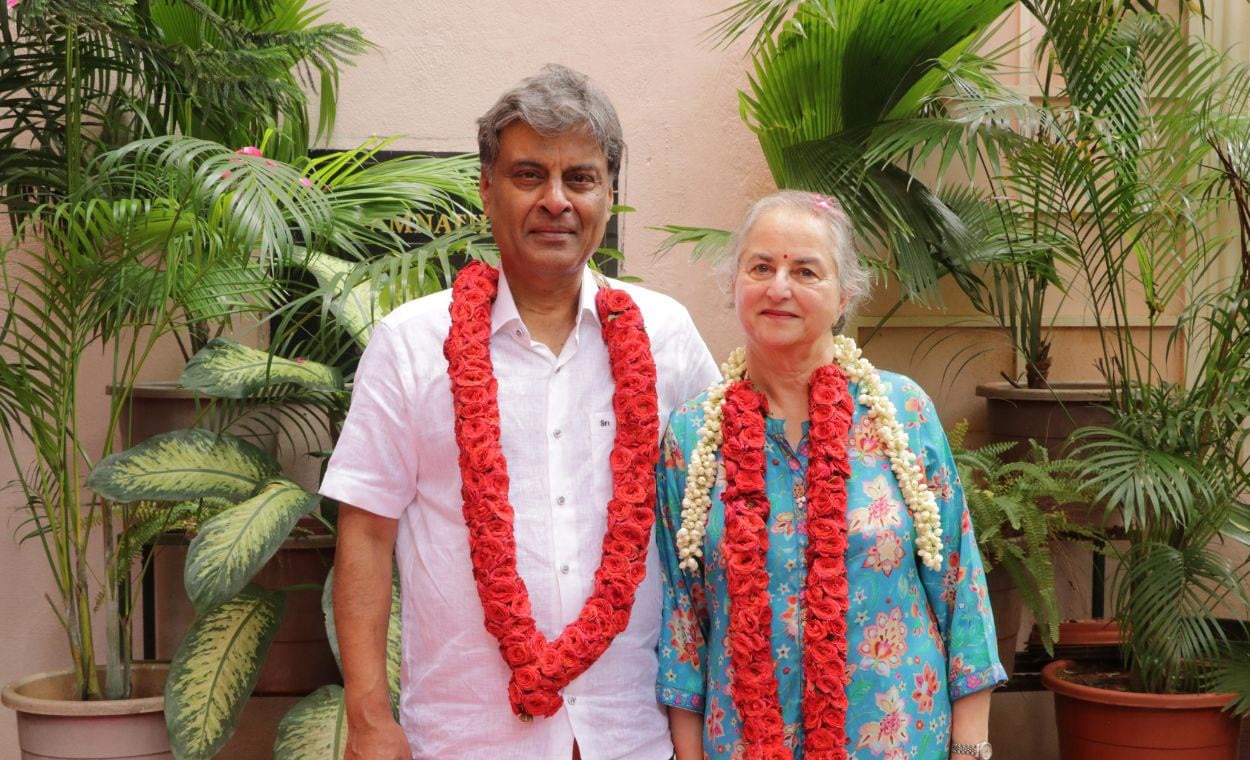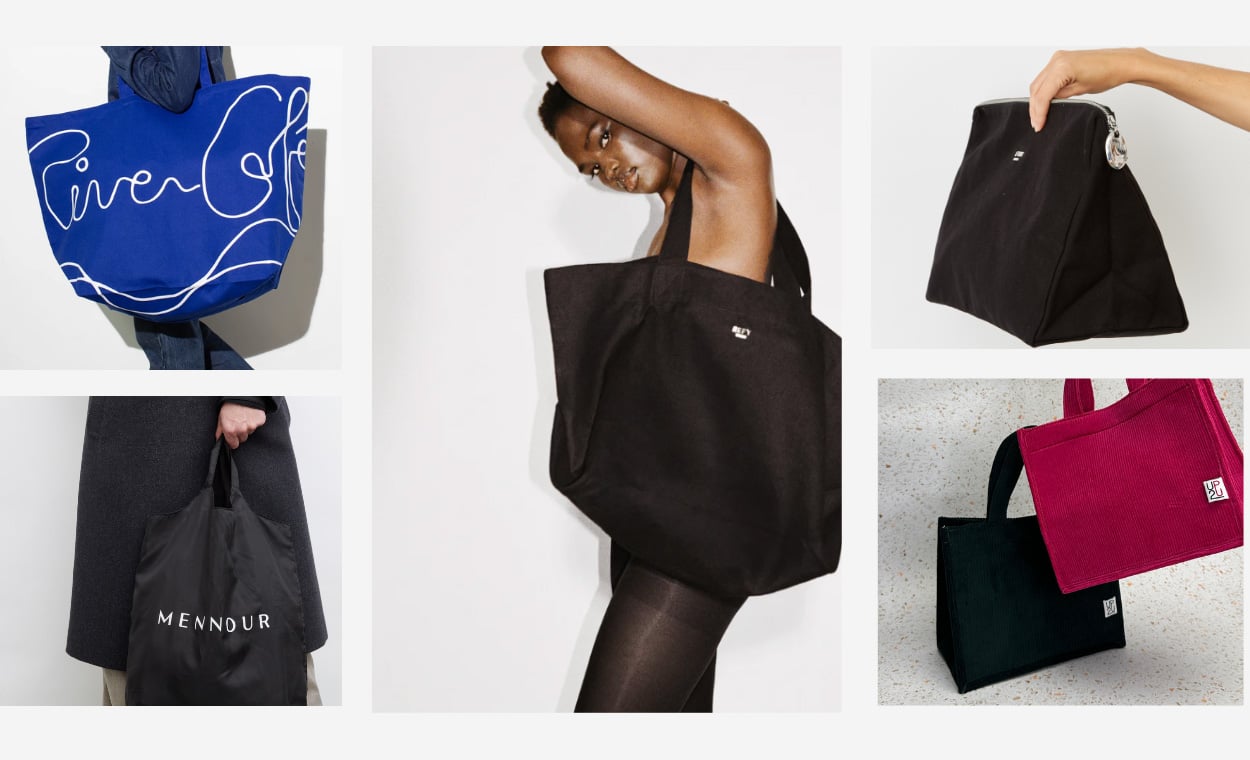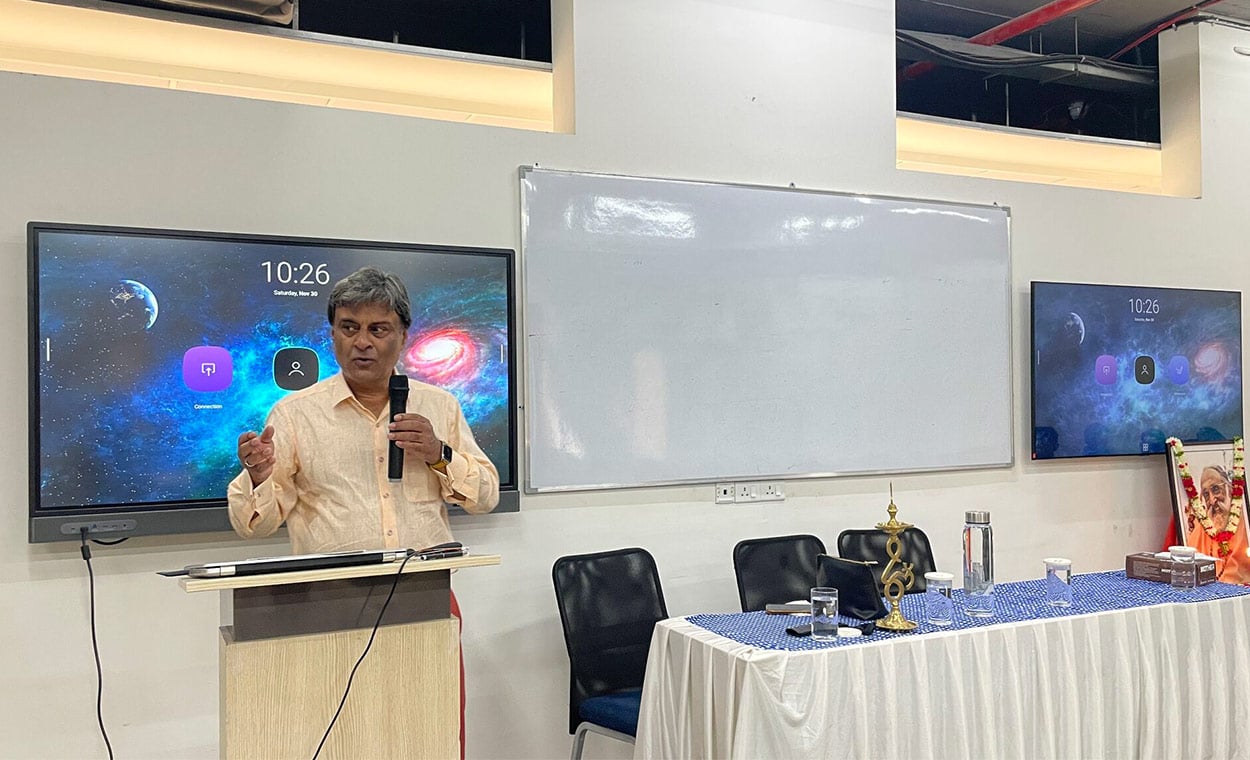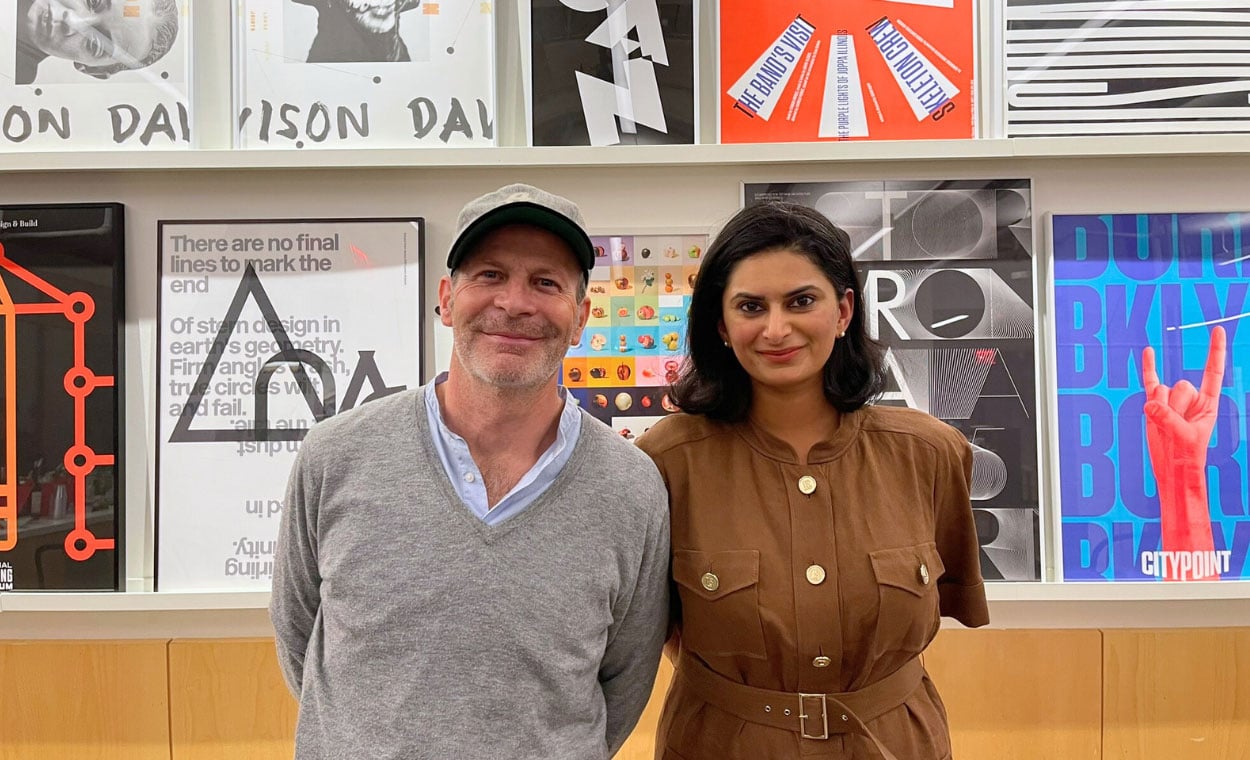Choosing a fibre from a design perspective can be challenging enough, but the fibre that a fabric is made from also has numerous environmental and social impacts. It can be difficult to work out the best option when selecting a fibre. Introducing Fibre Focus, our fabric blog that breaks down the various impacts of a fibre from an environmental, social justice and design standpoint. It is important to also consider any potential impacts a fibre might have if it were to become more popular.
Design advantages :
- Lightweight, but strong and durable
- Absorbs and wicks away moisture from the wearer’s skin
- Versatile fibre – some parts of the plant render a silk-like yarn, and other parts produce a yarn similar to hemp or linen
- Versatile fabric – banana fabric has applications across many industries from gardening to fashion, to home wares to accessories
- Has affinity with natural and synthetic dyes
- Good surface to print on
Design disadvantages :
- The external parts of the banana are comparatively coarse compared to the soft, inner fibres. Sometimes sodium hydroxide/lye/caustic soda is used to process the outer fibres
- Banana fabric can be more expensive than similar fibres, for example silk, linen or hemp
- Banana plants take a long time to grow. Some species can take up to 9 months to grow – whereas it takes 100 days for flax to grow from seed to fibre
Environmental impacts :
- Banana fibre is natural, biodegradable and renewable
- Banana fabric can be derived from banana farm byproducts. This avoids GHG emissions through waste incineration, and is an economical use of resources used to grow the bananas
- Bananas also have many other uses in cosmetics, food, gardening and textiles
- Banana trees need lots of water to grow compared to hemp and bamboo
Animal and cruelty-free fibre - Banana peel can be used as a natural fertiliser in place of synthetic chemicals
- The growing process of plants uses photosynthesis which improves air quality by removing CO2 and replacing it with oxygen
Banana trees can grow without chemical intervention - Banana fibres can be hand processed – hand processing has no carbon emissions and pollutes no water
Social impacts :
- Provides jobs, which generate income
- The fruit is a nutritious and energy-rich food source
- Hand processing reduces the need rural-urban migration for employment
- Hand processing preserves a traditional handicraft that dates back to 13th century
- Producers of banana fabric can enjoy uncontaminated water sources
- Banana farmers can earn a second stream of income
Positive potential impacts :
- Banana plantations could become more economical and use their resources to grow bananas for food, cosmetics, gardening, packaging and textiles
- Decreased dependence on chemical companies for farmers and producers
- Less non-biodegradable waste entering landfill
- Preservation of land, water and soil quality
- A wide range of fabrics on the market derived from the same plant – banana silk, banana linen, banana canvas etc
Negative potential impacts :
- Job loss for chemical companies and other fibre sectors
- Increased presence of sodium hydroxide in water sources, and therefore an increased risk of disruption to aquatic life
- Increased use of fossil fuels and increased carbon emissions from importing/exporting bananas to nations where they do not grow naturally
So there you have it, a simple breakdown on banana’s various impacts that you can keep in mind when next buying, sourcing or designing.
Fibre Focus: Banana
